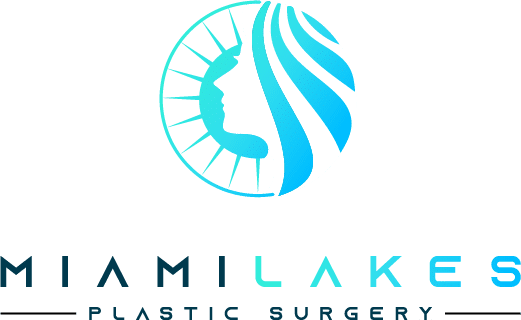Otoplasty Miami
Book A Free Consultation
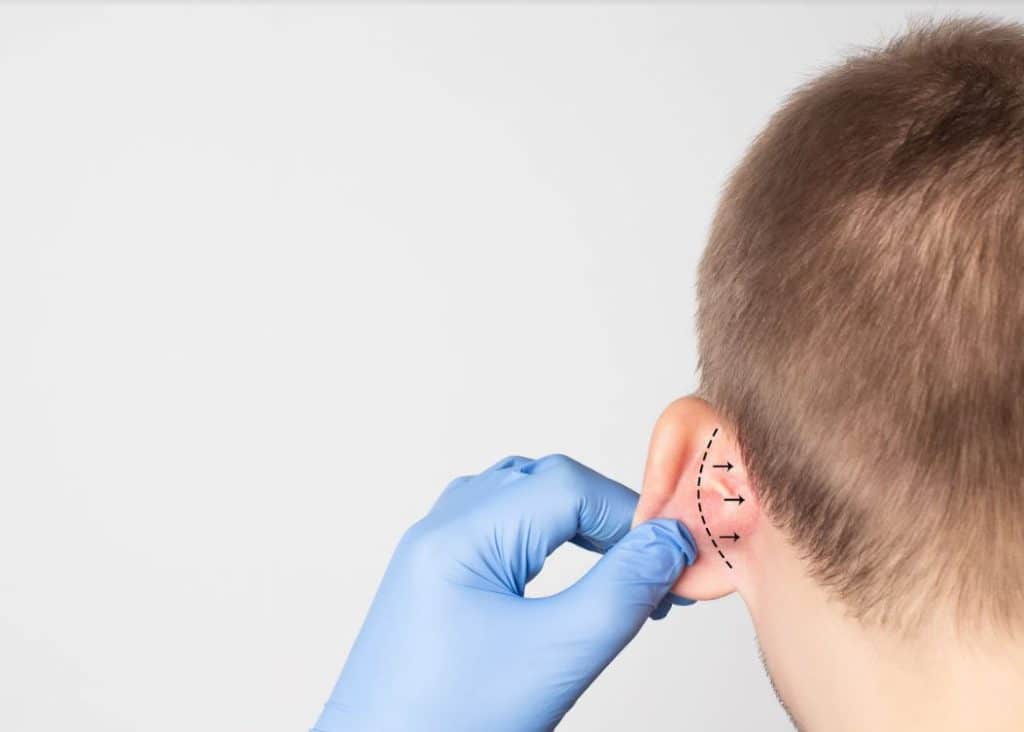
What Is Otoplasty?
Otoplasty, otherwise known as ear-reshaping surgery, is a common cosmetic surgery aimed at fixing various ear deformities or improving the shape and appearance of the outer ear. Otoplasty can be performed for medical or cosmetic reasons. There are numerous congenital ear deformities that this procedure can address – the most common one being otapostasis, otherwise known as a prominent ear – but it can also help fix the deformities that are a result of trauma (for example, torn earlobes or deformities after a dog bite).
A congenital ear deformity can often present a significant problem that impacts a child’s life in many ways. While this may or may not be a medical problem, it will for sure leave a psychological impact on a child – little kids often make fun of someone who’s different and having an ear deformity definitely fits the criteria for being made fun of. Bullying at an early age can lead to difficulties in social development, which is something that will stay with a person for the rest of their life. That’s why most medical professionals recommend correcting congenital deformities as soon as the child is old enough for surgery.
What Is an Otoplasty Procedure Like?
Otoplasty is a simple outpatient procedure that lasts anywhere from one to three hours, depending on the severity of the case. Patients are allowed to go home the same day after surgery. It’s usually recommended to have someone who will pick you up from the clinic after the procedure and drive you home – and, if possible, stay with you the first night to make sure you are fine.
Otoplasty can be performed with local or general anesthesia – usually, the adults will get a local anesthetic, while children will be given general anesthesia. This is simply because the doctor wants to make sure that the child doesn’t move accidentally and stays calm and relaxed during surgery – plus, the anesthesia ensures that the child isn’t scared during surgery.
What to Expect Before the Surgery?
What can you expect before the procedure – is there any preparation that needs to be done? There are a few things you should pay attention to. First, if you or your child will be put under general anesthesia, the preparation includes avoiding food or drinks after midnight on the night before the surgery (or the morning before surgery). The last meal before surgery should be a light one.
Second, a patient has to make sure they wear some loose clothing when they come in for surgery. Be sure to avoid anything with a restrictive collar – this might be difficult to pull over your head after surgery. The best course of action is to wear a button-down shirt – this way, you will avoid accidentally hurting the operated ear when you try to undress.
One thing to keep in mind, which is a requirement for any surgery, is that you can’t take any blood thinning medications a couple of weeks before the surgery. It’s also recommended that you stop smoking a few weeks prior to the procedure, as smoking can slow down wound healing.
What Should You Expect During the Surgery?
The surgical process itself is simple and straightforward. The first thing your surgeon will do is, obviously, make an incision – this incision is usually behind the ear so that the scar won’t be visible, but in some cases, it can be in the front of the auricle. After this, the surgeon removes the skin to expose the cartilage, and the next steps depend on the doctor’s goal.
They can trim the cartilage or reposition and manipulate it in order to achieve the desired shape of the outer ear. Shaping the cartilage with permanent stitches or adding a graft are also possibilities. If necessary, the surgeon can cut and reshape the ear lobe. Once the work is done, the last step is suturing the incisions. In cases of a prominent ear, these sutures will be placed strategically in order to pin the ear back to the head.

How Much Does the Otoplasty in Miami Cost?
When considering an otoplasty, or ear surgery, cost is an important factor to take into account. However, it’s important to note that the price of the procedure can vary greatly depending on the individual’s needs and the surgeon performing the operation.
Firstly, the complexity of the procedure will affect the cost. The more work that needs to be done, the higher the price will be. Additionally, the surgeon’s experience, skill, and reputation will also play a role in determining the cost.
Another factor that can impact the cost of otoplasty in Miami is the location of the clinic. Some clinics may charge more or less than others.
It’s also important to keep in mind that there may be additional costs associated with the procedure, such as anesthesia, hospital costs, and any potential complications or post-surgery medication.
On average, the cost of otoplasty in Miami ranges from $2,500 to $4,700, with the average price being around $3,500. We recommend consulting with a qualified plastic surgeon to receive a personalized quote and discuss any financial options that may be available.
Is It Covered by Insurance?
Otoplasty is, unfortunately, usually not covered by insurance policies. As this procedure is mostly done for cosmetic reasons, there isn’t a medical necessity that will justify covering it. In cases when there is a medical problem that has to be treated with this surgery, the insurance might be able to cover the costs.
Still, it’s always best to check with your insurance provider to know where you stand before you schedule the procedure. If you can’t pay out of pocket immediately, most clinics will be able to offer you some sort of payment plan. This is something to discuss with your doctor, who will be able to inform you of the options available.
How to Finance a Otoplasty
Miami Lakes Cosmetics offers very convenient payment terms. If you’re interested in this surgery but can’t currently pay for the whole amount at once, you can apply for credit payment options on our website. Submit an online application and check if you’re eligible for this credit by providing us with some essential information.
APPLY FOR FINANCING
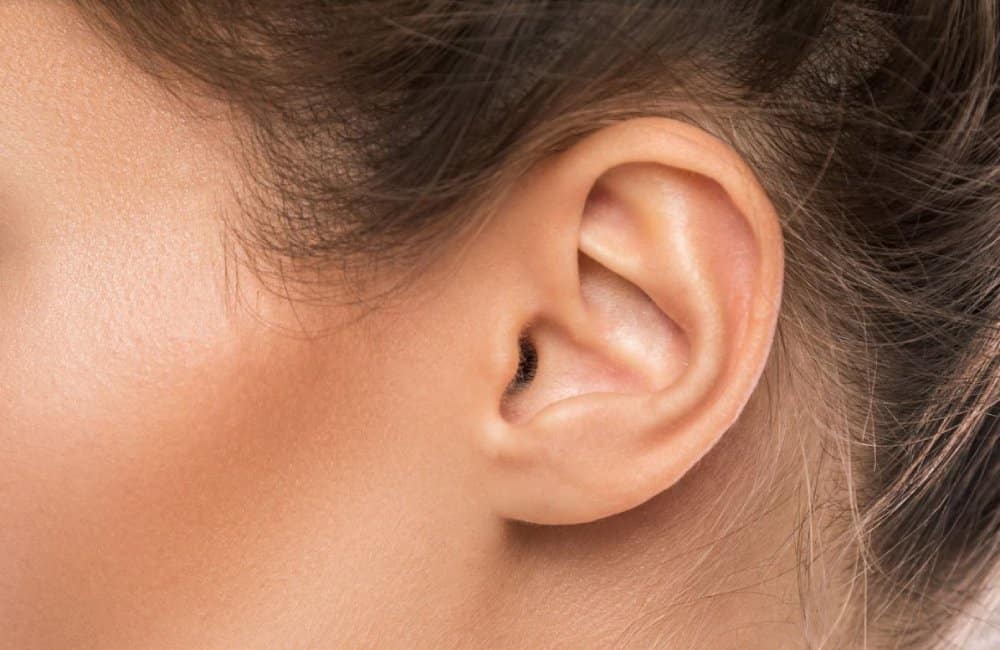
What Are the Benefits of Otoplasty?
Otoplasty, or ear surgery, is a safe and highly effective procedure that can bring a wide range of benefits to those looking to improve the appearance of their ears. Whether it’s for medical or purely cosmetic reasons, otoplasty can help boost self-esteem and confidence, and make a noticeable difference in everyday life.
Here are just a few of the benefits that otoplasty can provide:
- Improved self-esteem and confidence
- Correction of prominent, irregularly sized, or abnormally shaped ears
- A boost in overall appearance and self-image
- A solution for medical issues caused by ear deformities
It’s important to note that otoplasty is not a solution for hearing issues and other procedures should be considered for that.
What Types of Otoplasty Are There?
Otoplasty, or ear surgery, can encompass a variety of surgical techniques depending on the individual’s needs. During the consultation process, a qualified plastic surgeon will carefully evaluate each patient’s unique circumstances and determine the best course of action. Here are a few of the most common types of otoplasty procedures:
Ear Augmentation: This procedure is used to address underdeveloped or absent ears. A cartilage tissue graft is used to add volume and shape to the ear.
Ear Pinning: This technique is used to reposition prominent ears that stick out away from the head. The surgeon will make an incision at the back of the ear, remove excess skin, and then reposition the ear closer to the head.
Ear Reduction: This procedure is used to reduce the size of oversized ears. The surgeon will make an incision in the ear and remove skin or cartilage as needed to achieve the desired size and shape.

What Is the Recovery Process Like?
Recovering from otoplasty, or ear surgery is generally a straightforward process. Immediately after the procedure, a head dressing will be applied to the operated area to ensure proper healing and positioning of the ear. This dressing will typically be worn for 5-7 days.
How long is the recovery?
In terms of recovery time, patients can expect to fully recover within 6 weeks. Adults may need to take one week off work, while children may need to take one week off school.
It’s normal to experience some level of pain or discomfort during the first 2-3 weeks of recovery, but your surgeon will provide you with pain medication to manage any discomfort. It’s important to have the medication on hand before the surgery.
To ensure proper healing, it’s important to avoid sleeping on the operated side for at least a couple of weeks after the head dressing is removed. Your surgeon may also recommend using a loose headband while sleeping. Stitches may or may not be removed, depending on the type used.
Overall, the recovery process for otoplasty is relatively quick and manageable, with patients seeing improvement and feeling better within a few weeks.
Tips for Recovery
Recovering from surgery can be a challenging process, but there are a few tips you can follow to make the experience as smooth and comfortable as possible. Here are some tips for a successful recovery:
Follow your surgeon’s instructions: Your surgeon will provide you with a detailed set of instructions on how to care for yourself during the recovery process. It’s important to follow these instructions closely to ensure proper healing and to avoid complications.
Rest and take it easy: Give your body the time it needs to heal by getting plenty of rest. Avoid strenuous activities and exercise until your surgeon gives you the green light.
Manage pain: Recovery can be uncomfortable, but there are ways to manage pain. Your surgeon will provide you with pain medication, but you can also use other methods such as ice packs, heat therapy, and over-the-counter pain relief.
Take care of your incision: Keep the incision site clean and dry. Follow your surgeon’s instructions on how to care for the incision site to minimize the risk of infection.
Eat a healthy diet: Eating a well-balanced diet can help speed up the recovery process and provide your body with the nutrients it needs to heal.
Stay positive: Recovery can be a difficult time, but it’s important to stay positive and focus on the end goal – a successful surgery. Surround yourself with support from friends and family, and don’t hesitate to reach out to your surgeon with any concerns.
Who's a Good Candidate for Otoplasty?
There aren’t many conditions that a patient has to fulfill to be considered a good candidate for otoplasty. The only important thing is that they are old enough. Considering that our ears grow until we’re about five to six years old, it’s understandable that children younger than that can’t undergo this surgery. Once a child reaches this age, there are no medical reasons why they shouldn’t have an otoplasty. As we’ve mentioned above, it’s actually recommended that the surgery is done sooner rather than later.
Of course, if you haven’t had an otoplasty as a child but wish to improve the appearance of your ears, you are more than welcome to do so as an adult. Adults can also come in for this surgery in order to fix some outer ear issues that were acquired during life – there are many different traumas that can affect the shape of an outer ear, such as large cuts or bites. One thing we must note, though, is that a patient needs to be in good overall health to be a candidate – they need to be able to go through the surgery.
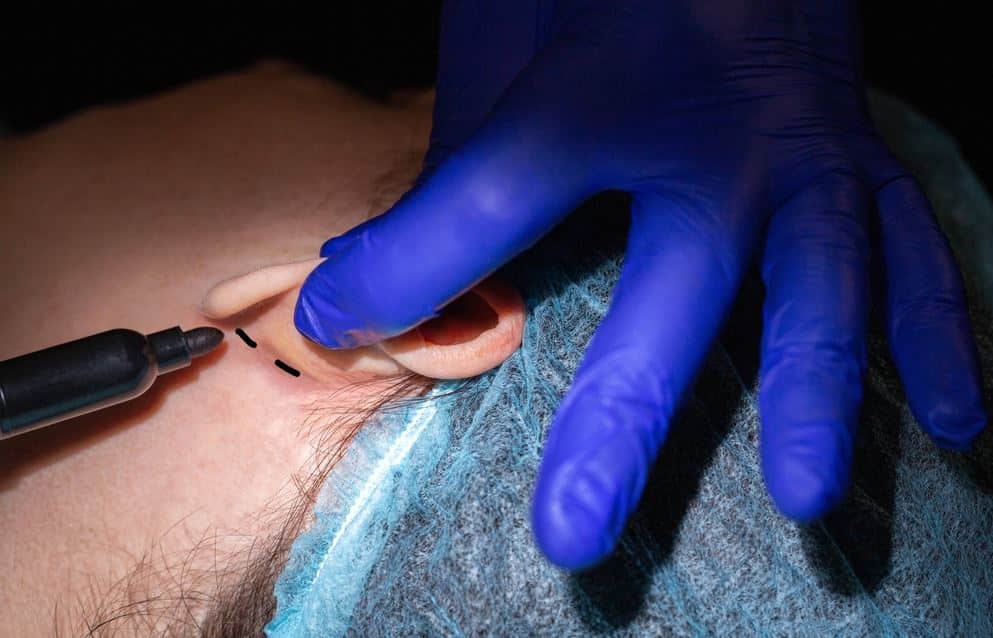
Otoplasty Side Effects: What You Need to Know Before and After the Procedure
As with any surgical procedure, there are potential side effects to be aware of after otoplasty, or ear surgery. These side effects are generally mild and temporary and should not cause undue concern. However, it’s important to be informed about what to expect during the recovery process.
Here are a few side effects that may occur after otoplasty:
- Pain: Pain is to be expected after surgery, but it can be managed with pain medication prescribed by your surgeon
- Soreness or itchiness of the ears: Avoid scratching or touching the ears to prevent irritation
- Swelling and redness: This is a normal response to surgery and usually subsides within a few weeks
- Bruising: Bruising is also normal and will fade within a few weeks
- Numbness: Some numbness around the ears is normal, but should be reported to your surgeon if it persists
Talk to Your Surgeon in Miami to Lean Everything About Otoplasty Before the Procedure
If you’re interested in learning more about the otoplasty procedure, you could benefit from visiting an experienced surgeon who can answer all your questions. Making an informed decision about your health is of utmost importance, and we at Miami Lakes Cosmetics fully understand that.
Our doctors are always available to talk with patients and remove any confusion surrounding plastic surgery. You can contact us to schedule your free first consultation – book your appointment today by calling our office or filling out an inquiry form on our website. We’re looking forward to having you as our patient.
BE INSPIRED !
62K Followers
Frequently asked questions
Yes, the results of your otoplasty will remain forever. The changes to the size and shape of an outer ear are permanent. Of course, you will have to wait for a couple of weeks to recover in order to see the actual results. It’s also necessary to follow your doctor’s post-op care instructions to ensure your ears maintain their new shape and look.
The best age for otoplasty is as soon as the ears are fully developed – this is around the ages of five to six. Children of this age are considered the best candidates for surgery, although patients of any age can undergo the procedure. Most experts recommend the surgery as soon as possible – the goal is to avoid any psychological damage that so often comes with deformed ears as a result of teasing and bullying.
Otoplasty itself doesn’t hurt, considering that the patient is under anesthesia. Children are usually put under general anesthesia, and for adults, the local anesthetic should do the job. Although you can’t feel anything during the surgery, you will most likely experience some level of pain and discomfort in the first two to three weeks after the procedure. There will also be redness, swelling, bruising, soreness, numbness, or itching.
Yes, otoplasty is well worth the trouble – this is a simple outpatient procedure with a quick recovery process and a high success rate. You will be back on your feet in no time, and the results you will get with this surgery are magnificent. The boost of confidence and self-esteem patients experience after otoplasty is priceless – the changes will drastically improve your quality of life.
Otoplasty is usually not covered by insurance since it’s a cosmetic procedure. However, there are some cases when it’s deemed medically necessary, and then it can be covered by insurance. Still, it’s important to note that you have to talk to your insurance provider before you schedule your surgery, so you can know what to expect in terms of costs.
The recovery process after otoplasty is about six weeks – this is the amount of time it will take you to heal fully, but you should expect to start feeling better after just two to three weeks. This is when the side effects (pain, swelling, bruising, soreness) will start going away, and you will be able to return to most activities. Patients are recommended to take one week off from work – or, in cases of children, one week off school.
Otoplasty can take anywhere from one to three hours – this depends on the amount of work the surgeon has to do and how complex the case is. In some simple cases, the surgeon might even be able to finish the procedure in half an hour. The patient can then go home as soon as the anesthesia effects have worn off.
There may or may not be visible scarring after otoplasty – this depends on where the surgeon has made incisions, which is, in turn, affected by the type of procedure and changes that need to be made. In most cases, the incisions for otoplasty are behind the ear, so they aren’t visible, but sometimes, they might have to be in front of the ear.
If you are interested in having otoplasty, the only important requirements are that you are old enough (patients have to be at least five or six years old so that their ears are fully developed) and that you are in good overall health. Experts recommend having otoplasty as soon as the child is old enough – the goal is to avoid psychological damage that comes with bullying and teasing. Adults can get otoplasty at any age as long as they are healthy.
- Naumann A. (2008). “Otoplasty – techniques, characteristics and risks.” ncbi.nlm.nih.gov/pmc/articles/PMC3199845/
- Nazarian R, et al. (2011). “Otoplasty for the protruded ear.” DOI: 10.1055/2Fs-0031-1288921
- Otoplasty (ear reshaping). (2018). “my.clevelandclinic.org/health/treatments/11021-otoplasty-ear-reshaping”
- American Academy of Otolaryngology-Head and Neck Surgery. “Ear Plastic Surgery.” (https://www.entnet.org//content/ear-plastic-surgery) Accessed 8/14/2018.
- American Society of Plastic Surgeons. “Cosmetic Procedures. Ear Surgery: Otoplasty.” (https://www.plasticsurgery.org/cosmetic-procedures/ear-surgery) Accessed 8/14/2018.
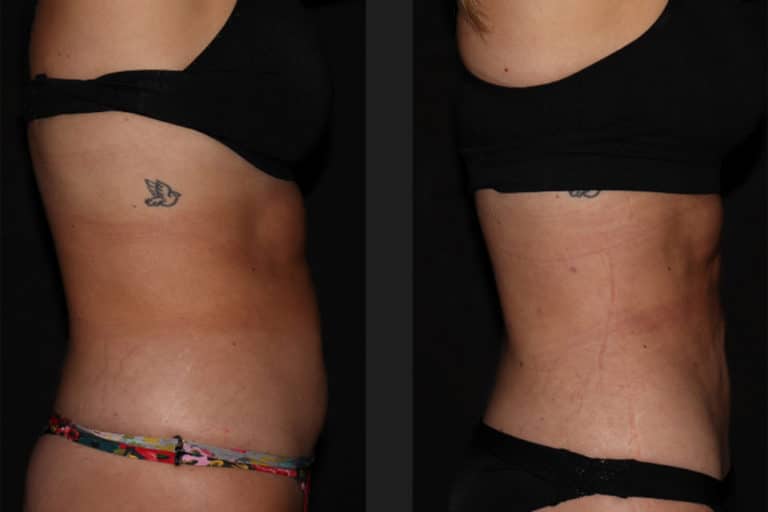
Non Surgical Body Contouring Before And After
Introducing Non Surgical Body Contouring Before And After Non-surgical body contouring refers to cosmetic procedures and techniques that aim to reshape and enhance the appearance

Smart Plastic Surgery
Introduction To Smart Plastic Surgery In recent years, the field of plastic surgery has witnessed remarkable advancements, not just in terms of techniques and technology

Can you smoke weed before surgery?
As marijuana’s legal status undergoes significant changes, people are increasingly interested in the potential consequences of using it before surgery. This article delves into the

Victoria Secret Bras For Breast Augmentation
Post-Surgery Comfort and Confidence Victoria Secret bras are an iconic symbol of both comfort and allure. Known for their exceptional quality, elegant designs, and a

Vanity Fair Bras For Breast Augmentation
What are Vanity Fair Bras? Vanity Fair is a well-known brand that makes a variety of lingerie, and their bras are one of their main

Cacique Bras For Breast Augmentation
What are Cacique Bras? Cacique Bras is a brand that focuses on creating lingerie and intimate apparel with a primary emphasis on catering to plus-size

What To Wear After a Breast Reduction
Introduction To What To Wear After a Breast Reduction A breast reduction isn’t just about changing your appearance; it’s about reclaiming comfort, confidence, and a

What To Wear After a Breast Lift
Introduction To What To Wear After a Breast Lift A breast lift, or mastopexy, isn’t just a surgical procedure; it’s a journey towards self-renewal and

What To Wear After a Mommy Makeover
Introduction To What To Wear After a Mommy Makeover In the transformative journey of a Mommy Makeover, where women seek to regain confidence and restore

What To Wear After a Liposuction
Introduction to What To Wear After a Liposuction Liposuction can be a transformative step towards achieving the body you’ve always desired, but what you wear

What To Wear After a Tummy Tuck
Introduction to What To Wear After a Tummy Tuck After a tummy tuck, what you wear isn’t just about fashion – it’s a big part

What Clothes to Wear after Breast Augmentation
Introduction To What Clothes to Wear after Breast Augmentation Embarking on the journey of breast augmentation is a significant decision that can greatly impact one’s
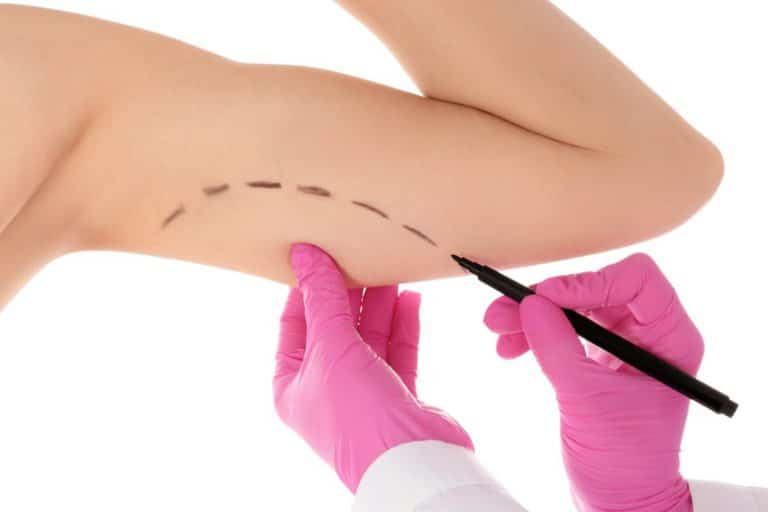
Arm Liposuction Vs. Brachioplasty
When it comes to sculpting the arms and achieving a more toned and contoured appearance, two popular options in the realm of cosmetic procedures are
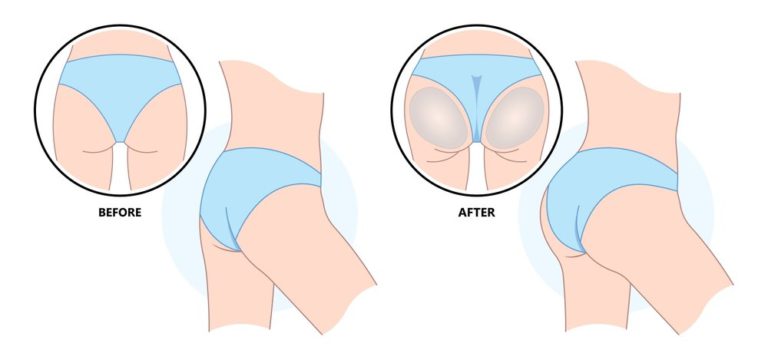
Average Price for BBL in Miami
The average price for BBL in Miami ranges from $8,000 to $12,000 and can vary depending on various factors, including the surgeon’s expertise, the complexity
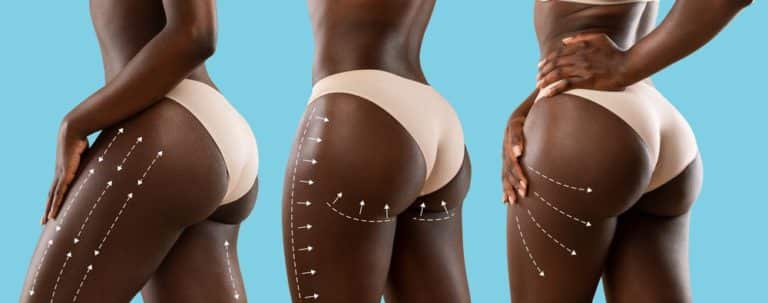
BBL and Breast Augmentation Cost Miami
Miami is a renowned destination for individuals seeking to enhance their curves and achieve their dream body through transformative surgeries like Brazilian Butt Lift (BBL)
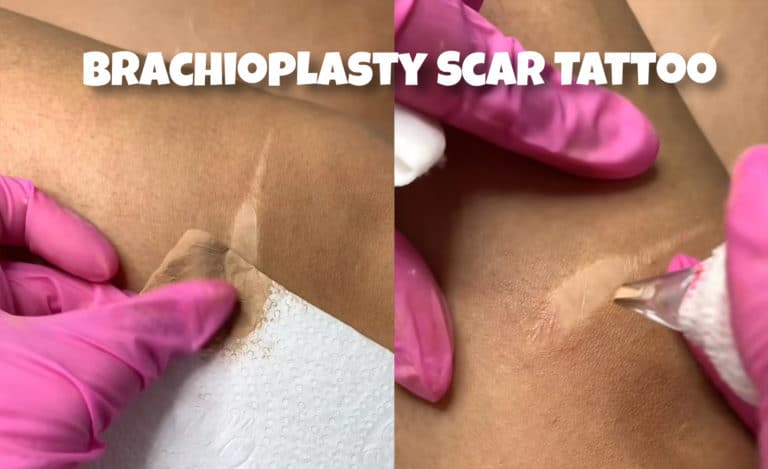
Brachioplasty Scar Tattoo
Brachioplasty scar tattooing, also known as medical tattooing or paramedical tattooing, is a technique where pigment is skillfully tattooed into the scar tissue, helping to

Renuvion Miami
Welcome to the world of Renuvion! Cosmetic surgery has come a long way in recent years, and there’s an exciting innovation we’d love to introduce
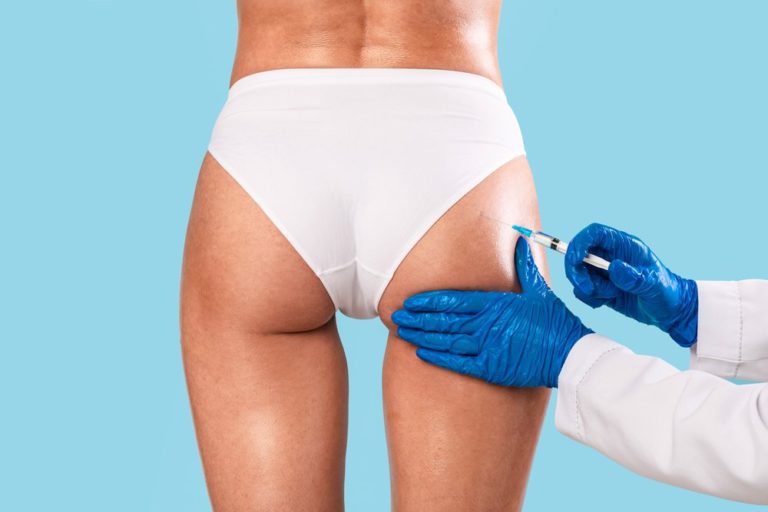
Plus Size Lipo 360 and BBL
If you’re longing to bid farewell to stubborn fat in your midsection and embrace lovelier, perkier, and more beautiful buttocks, then Plus Size Lipo 360
Meet Your Plastic Surgeon
Call Us, Write Us, or Knock on Our Door
Contact Us
Getting in touch with us is easy. Leave us your information and we will contact you as soon as possible. You can call us with any questions or inquiries (786) 347-9140
.
- Monday - Friday: 9AM - 6PM
- Saturday - Sunday: Closed
